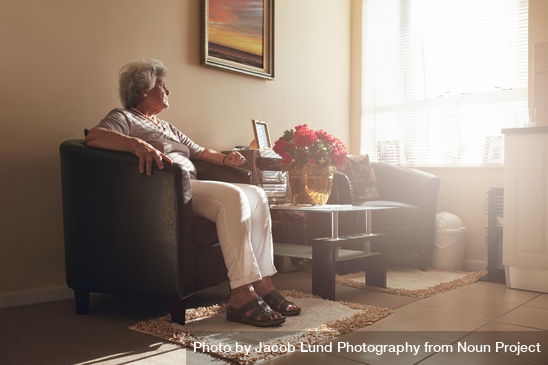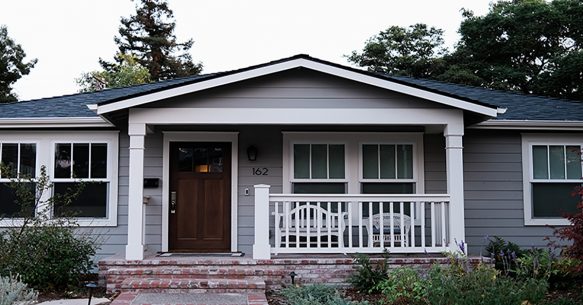
The daily fees you will be asked to pay for residential aged care are based on your financial situation. But more and more providers are charging a fee for additional services, with the ability to set their own fees – so check what you are paying for.
When living in residential aged care you will face three categories of fees:
- Accommodation costs – pays for your room and access to available amenities
- Daily care fees (basic fee and means-tested fee) – a contribution towards your living and care expenses (eg food, electricity, care staff, cleaning services)
- Additional services – extras that may add to your lifestyle or convenience (eg Foxtel, newspapers, meal choices, happy hours, transport services).
We are seeing it become more common for aged care providers to offer a package of additional services for an extra (and sometimes compulsory) daily fee. The provider can set what is included in the packages as well as the prices. This means the range of services and daily price can vary widely.
When deciding where you want to live, make sure you ask the provider for details on additional services, and the prices. Also ask which are compulsory and which are optional.
Check your resident agreement
The Resident Agreement that you will be asked to sign when you accept the offer of a room should detail the cost of your room, the type of room and what additional service fees you have agreed to pay.
For the additional services, read the details in the agreement carefully to understand:
- What services you are being provided and whether they are things you want
- The fee you will be asked to pay each day, and
- Whether you are able to opt-out, and stop paying the fees, if you no longer want to receive the services.
If the provider wants to charge you a fee for a service that you won’t receive the benefit of, this may not be allowed. And sometimes you may be able to negotiate a lower fee or opt out of the services.
Steps to take
Some simple rules may help you to understand your obligations and rights:
- Always read your Resident Agreement carefully before signing.
- Ask the service provider to explain the additional service fees and help you understand what you are being asked to pay for.
- Query fees for services you don’t think you need or want and find out if they are optional and/or allowed under the Aged Care Act.
- If you have a dispute with the care provider, you can contact the Aged Care Quality and Safety Commission to help resolve.
One of the key planning aspects is to ensure you can create sufficient cashflow from your financial resources to pay your fees, including additional services. We can help to review your finances, calculate your fees and provide advice on how to structure your assets to meet cashflow and protect the value of your estate.
If you would like to know more about how we can be of assistance, please contact our office on 1300 451 339.
IMPORTANT INFORMATION: This document has been prepared by Periapt Advisory Pty Ltd, ABN 67 648 208 253 AFSL 542418, based on our understanding of the relevant legislation at the time of writing. The information is of a general nature only and has been prepared without consideration of any particular individual’s objectives, financial situation, or needs. Before making any decisions, we recommend you consider independent financial advice. Current at 7 March 2023.









